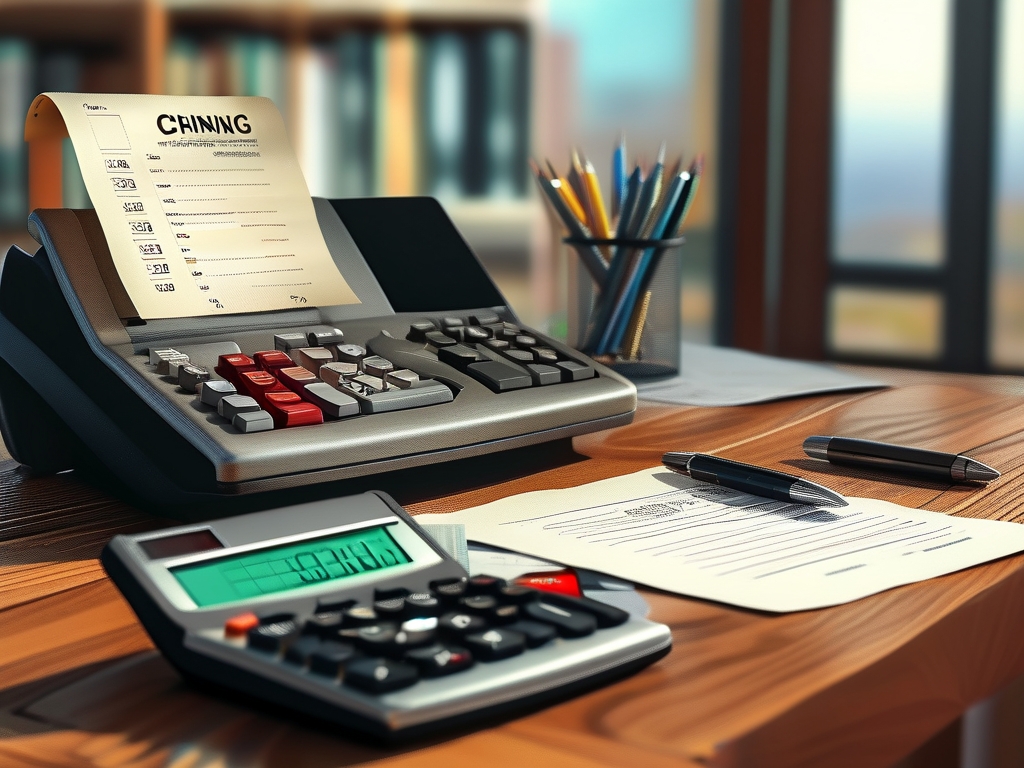Tax rate calculations are a critical component of financial transactions, especially for cashiers who handle daily sales, invoices, and compliance with tax regulations. Understanding common tax rate algorithms ensures accuracy, reduces errors, and maintains legal compliance. This article explores the primary tax calculation methods used by cashiers, including sales tax, value-added tax (VAT), withholding tax, and tiered tax systems.

1. Sales Tax Calculation
Sales tax is a percentage-based levy added to the price of goods or services at the point of sale. Cashiers often use the formula:
[ \text{Total Amount} = \text{Original Price} \times (1 + \text{Tax Rate}) ]
For example, if a product costs \$100 and the sales tax rate is 7%, the total becomes:
[ \$100 \times 1.07 = \$107 ]
Cashiers must verify state or local tax rates, which vary by jurisdiction. Modern point-of-sale (POS) systems automate this process, but manual checks remain essential for accuracy.
2. Value-Added Tax (VAT) Computation
Common in many countries, VAT applies to each stage of production or distribution. Cashiers calculate VAT using:
[ \text{VAT Amount} = \text{Net Price} \times \text{VAT Rate} ]
For instance, a \$200 service with a 15% VAT rate incurs \$30 in taxes, making the total \$230. Cashiers must display VAT separately on receipts in regions where itemized tax reporting is required.
3. Withholding Tax for Employees
In payroll processing, cashiers or accounting teams deduct withholding taxes from employee wages. The calculation depends on income brackets and exemptions. For example:
- An employee earning \$50,000 annually might fall into a 22% federal tax bracket.
- Pre-tax deductions (e.g., retirement contributions) reduce taxable income before applying the rate.
4. Tiered or Progressive Tax Systems
Some taxes use tiered rates, where higher income portions are taxed at increasing percentages. For example:
- \$0–\$10,000: 10%
- \$10,001–\$40,000: 15%
- \$40,001+: 20%
A \$50,000 income would be calculated as:
[ (\$10,000 \times 0.10) + (\$30,000 \times 0.15) + (\$10,000 \times 0.20) = \$7,500 ]
5. Compound Tax Scenarios
Cashiers occasionally manage transactions with multiple overlapping taxes, such as sales tax + luxury tax. For a \$1,000 item with 5% sales tax and 10% luxury tax:
[ \$1,000 \times 1.05 \times 1.10 = \$1,155 ]
Understanding the order of application (e.g., additive vs. multiplicative) is critical.
6. Tax-Exempt Transactions
Certain customers (e.g., nonprofits) or products (e.g., groceries in some states) may qualify for exemptions. Cashiers must validate exemption certificates and adjust calculations accordingly.
7. Handling Tax Rate Changes
Tax rates periodically change due to legislation. Cashiers must update POS systems promptly and reconcile historical data for audits.
8. Common Errors and Solutions
- Rounding Errors: Always round to the nearest currency unit (e.g., \$0.01).
- Misapplied Rates: Double-check jurisdiction-specific rules.
- Software Glitches: Manual verification of automated calculations.
9. Technology’s Role in Tax Compliance
Modern POS systems integrate real-time tax rate databases, reducing manual effort. However, cashiers should understand underlying principles to troubleshoot discrepancies.
10. Legal Implications of Miscalculations
Incorrect tax calculations can lead to fines, audits, or reputational damage. Regular training and audits are vital for compliance.
Mastering tax rate algorithms empowers cashiers to ensure transactional accuracy and legal adherence. From basic sales tax to complex tiered systems, a methodical approach minimizes risks and enhances efficiency. Continuous learning and leveraging technology remain key to navigating evolving tax landscapes.



